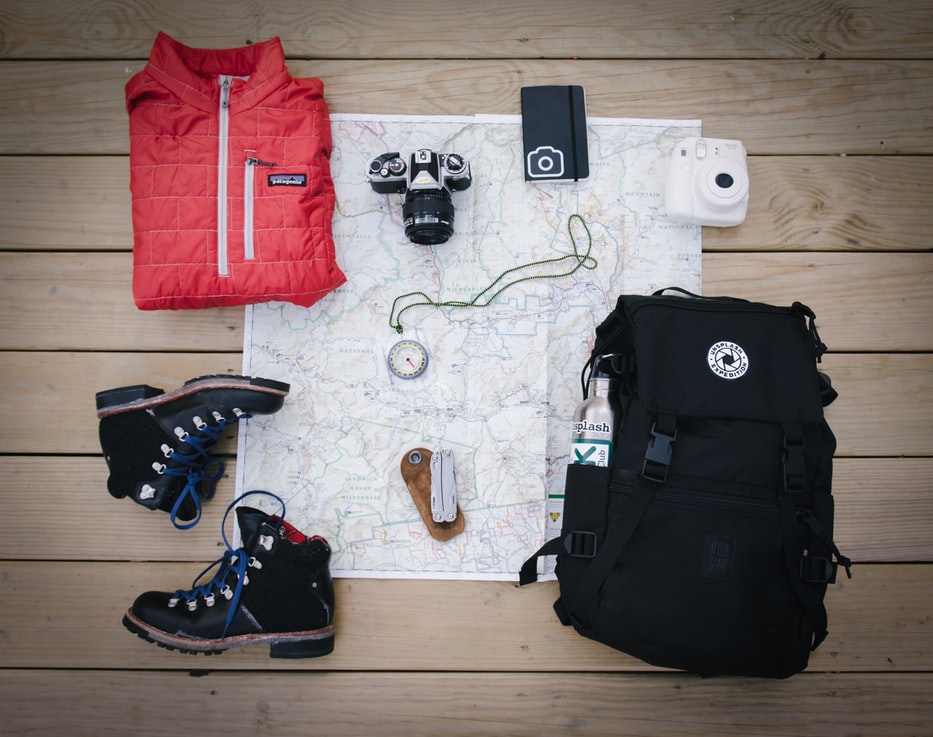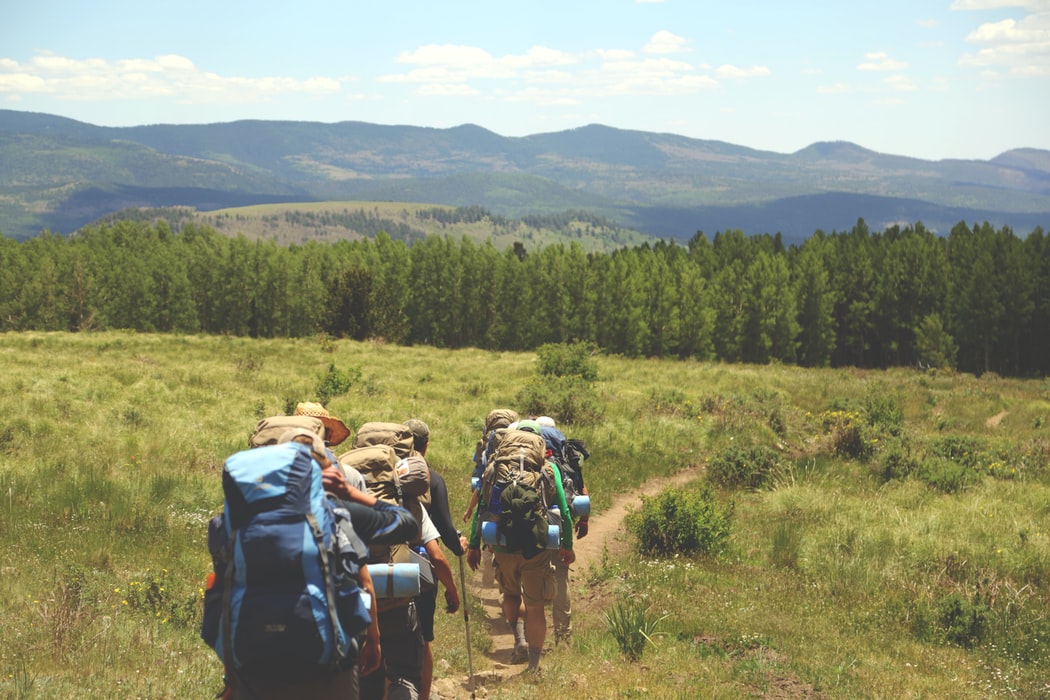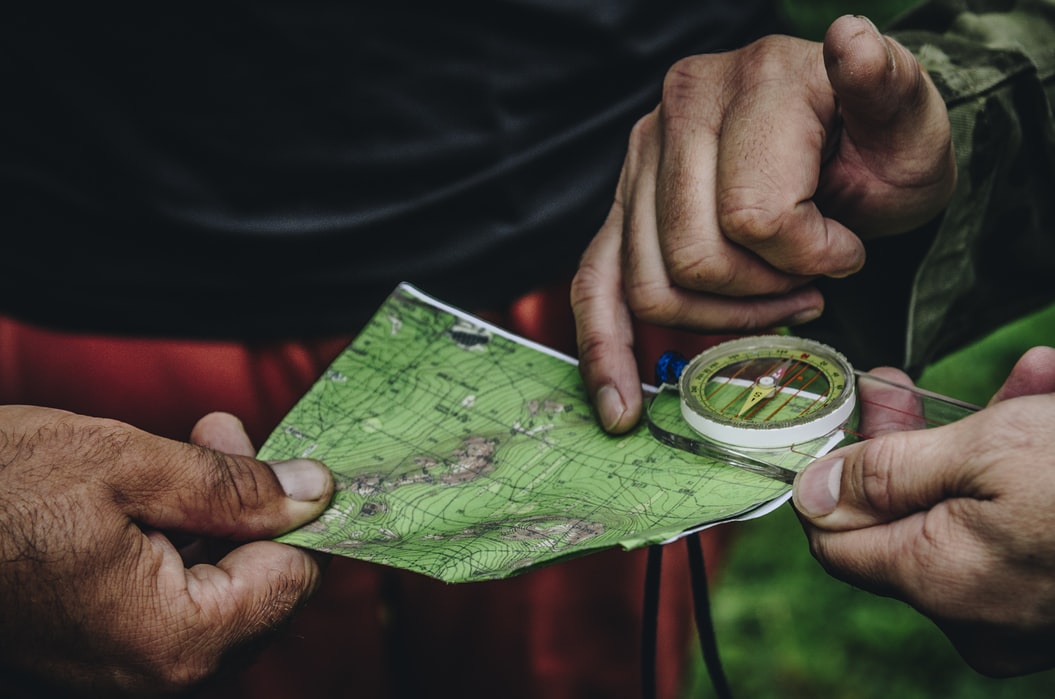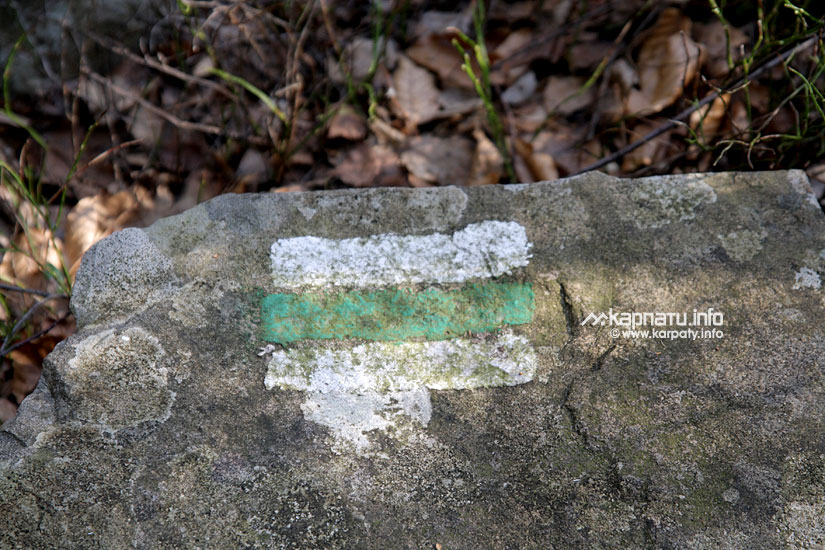Hiking to the Carpathians: what do you need to know and how to find a route?
What to take with you on a mountain hike, how to choose the right sleeping bag, and what marks on the trees and rocks mean

It's summer, and although many countries, such as Spain or Portugal, have already opened their borders to tourists since the end of July, holidays in Ukraine aren't losing their popularity. Soon we'll have 3 weekends in honor of Independence Day, and many of us will want to escape somewhere for the weekend. Many people celebrate this day by climbing the highest point of Ukraine, the top of Mount Hoverla. In one day last year, 2,000 people went there, and in previous years, before quarantine, the figure sometimes reached 5,000 people a day! This is one of the easiest hiking routes in the Carpathians: you can choose the proper route, and the entire hike takes one day: about 3 hours up and as much to go down.
The views when climbing Hoverla are certainly breathtaking, and of course, the route is worth a visit. But when people go up a narrow path in a chain, and hikers who've already conquered the top descend in the same narrow chain, it becomes difficult to walk, and most importantly, the isolated atmosphere is lost, which, of course, should be present in any company. That's why we've prepared a guide on how to build your route in the Carpathians, what is important to take with you on a hike, what rules to follow, and where, in the end, to go on this hike, so as not to get lost.
What to take with you on a mountain hike?
To begin, determine how much time you have and how many days and nights you're willing to spend in the mountains. Keep in mind that if you have to get to the Carpathians by car or train, you'll lose two days on the road. It's best to go camping in the morning, otherwise, you don't have time to get to the campsite in the dark, and making your way through the woods and rocks without daylight, even with flashlights, is harder. Later we'll talk about camping, trails, and the complexity of the route, but while your trip is in the preparatory stage, and you've already decided on the number of days, you need to think in advance about what you take with you.
1. First of all, you'll need a travel backpack. If you want, you can do with the usual, quite roomy, one, you need to understand: hiking backpacks have more fasteners and are designed to properly distribute a lot of weight on the body, loading not only the back. If you properly fasten the backpack with fasteners on the chest and waist, the weight will be almost imperceptible, which is not the case with ordinary backpacks. Travel backpacks come in different sizes, ranging from 15 liters, but are most common in 60, 70, and 90 liters. When choosing a backpack, it's important to know the size of your tent and sleeping bag. The larger they are, the less space there will be for personal belongings and, importantly, for food.
2. Tent should be for the exact number of people. For two, of course, a 4-seater will be more spacious but it is bigger and heavier. Keep this in mind. Also, make sure that a waterproof cover is added to the tent. Modern tents are easy to assemble, but there are still ancient models, such as fishing tents, which require additional pegs to install. Trekking poles are often used instead. Don't expect that it will be easy to find a suitable peg in the woods; after a day of walking you'll be tired, everything necessary for installing sleeping accommodation should be with you.
3 and 4. One tent is not enough to sleep. The nights in the forest are cold, the ground is freezing, so you'll need a mat and a sleeping bag. Instead of mats, experienced hikers take thin air mattresses. They are warmer and more comfortable to sleep on, but they're not cheap, and taking a rental, you risk piercing it on the go. A yoga mat is also suitable if it performs two functions: impervious to moisture and cold. Also, the mat will soften your bed a bit, but how much depends on its thickness.
It's also important to choose the right sleeping bag. They differ in the temperature for which they're designed. Check the weather forecast for the planned dates in advance and choose the proper sleeping bag. Don't take too warm ones; you'll get hot quickly, and unbutton the bag and freeze quickly. Or the bag shouldn't be too cold, with the hope that you'll never freeze or get dressed if necessary. The fact is that the sleeping bag works on the principle of a thermos and ideally, you need to sleep in it undressed. If you dress warmly, your body heat will not "accumulate" in the sleeping bag, and then you will still be cold.
Think about where to get a tent, sleeping bag, and mat in advance! You can borrow all items listed in the previous paragraphs from friends or rent. There are many services in Kyiv, and even more in Ivano-Frankivsk, the starting point for hikers. The closer to the place of departure you take the equipment, the cheaper it'll cost you because you have to pay for rent by the day. On particularly active days, for example, before a long weekend, the demand for equipment is greater, so you may not find what you need. Call several rental points in advance, and even better, book everything you need in advance. This is a common practice.
5. Hiking clothes should be functional and light. If it is pants, let them be waterproof, other clothes should dry quickly. Usually, sportswear has these qualities; it's also easy to stretch and doesn't restrict movement. A spare pair of sneakers can come in handy, ideally, trekking ones, but if there are none, then take those with a hard point; rag shoes are easily torn in mountain trials. Be sure to bring a warm jacket (preferably fleece), a bucket hat so that the sun doesn't burn your head, and a hat so as not to freeze at night by the fire, lots of T-shirts, underwear, and socks. Don't forget about the raincoat! Flip-flops and a swimsuit are optional, but remember that the water in mountain ponds is very cold; you don't swim for a long time, and you can regret every extra gram of things you take in your backpack while climbing the mountain.
6. Personal hygiene items and first aid kit. Remember that you won't find urns during the hike, so everything you use (including packaging) that doesn't rot in the soil will have to be taken away. The most necessary are napkins, paper, and soap. Just in case, bring a bandage, tourniquet, hydrogen peroxide, patches, absorbent, antibiotic, analgesic, and anti-inflammatory. Great if you don't need it, but situations may be different.
7. Lighter and matches, salt, gas burner, metal mug, bowl, reusable water bottle, garbage bags, power cans, flashlights. Food. But the next section is devoted to this.
What food to take with you on a hike?
Food on the hike should be hearty and nutritious. Usually, these are the two main meals that are cooked over a fire; in the morning and the evening, but during the day you have to have a bite on the road or at a halt that doesn't require heat treatment and long cooking. If you choose canned food and grains for the main meals, then nuts, dried fruits, dried berries, and dried meat are suitable for intermediate snacks. All these products are light and don't take up much space, they can be eaten even on the go, without stopping. You can calculate the amount of food needed for the group in special food calculators; the search engine offers many options for a variety of calculators, among which you can choose the right menu for your company. You enter the initial data, the number of days, and the number of people, and the calculator calculates the menu and the number of required products.
There's a more modern option, sublimated food. These are fresh or cooked foods that are frozen as soon as they are ready to eat and then 98% of the moisture is removed. Soup, buckwheat porridge, goulash, and even ice cream can be sublimated. All you need to do is just add hot water to the bag and wait a bit. So each of your little expedition will be able to choose the food that they like best; the varied menu offers even vegan options. However, such lunches aren't always delicious, so before buy groceries, you can experiment with such snacks at home.
As for water supplies, you should take the amount with you that lasts until you reach the campsites, near which there is always a source of water. When hiking in the morning, remember that when moving from one campsite to another, you may not meet a river or spring on the road, and go to the mountains without water, believe us, is very difficult. Gather as much water as you need for a day.
Which routes to take?
The most difficult thing is to determine the route. To begin, you need to determine which peaks you would like to visit. Here you open google maps and focus on your preferences. After that, you can start looking for routes that pass through them. It's very convenient to do this in the wikiloc application, where the tourist is immediately given information about the length of the route, duration by day, complexity, and campsites encountered along the way. The application downloads offline maps to your phone and can work even without a mobile connection, displaying your location in real-time on the map.
You can also make a route to the peaks yourself. The maps.me app, which is often used by tourists, also features campsites and hiking trails. Maps can also be downloaded and used even without the Internet.
The routes are also marked in the mountains. As you follow the map, pay attention to which signs you encounter along the way and walk along with them. Labels are painted on trees or rocks. Usually located at such a distance that each subsequent one was visible from the previous one. Sometimes routes are marked with ribbons of the same color, and on campsites, there are even the usual pointers with arrows or even maps. Don't ignore them. Rescue services are working to regularly check the routes and their safety: after the winter, after heavy rains and landslides, the direction of the trails may change, and in the maps, the routes will remain the same, and they may be dangerous areas.
Sometimes the routes intersect, then you can see double markings. Routes differ in color, for which there are also certain rules. For example, the routes laid by the ridges are often marked in red, the outgoing (leading to the mountain or ridge) are green or blue, connecting ones are yellow or black.
You often find rescue service numbers on the signs. Situations can be different, so save this information. Take a photo of the emergency number pointed, and even better, save this information in advance. You can find phones of mountain rescue services here. By the way, there may be no mobile connection in the mountains; not on the rights of advertising, but the rights of expert advice, we warn: the only provider that created a maximum coverage on Ukrainian mountain peaks is Kyivstar.
Once the route is selected, the equipment is assembled, and the menu is compiled and completed, you can go on a hike. The key thing is to prepare psychologically, adjust to the fact that unforeseen situations can occur in which it's important to help each other. Sometimes it can be too hot or too cold, and it can be scary. Therefore, it's important to be vigilant during the hike.
Photo Unsplash













